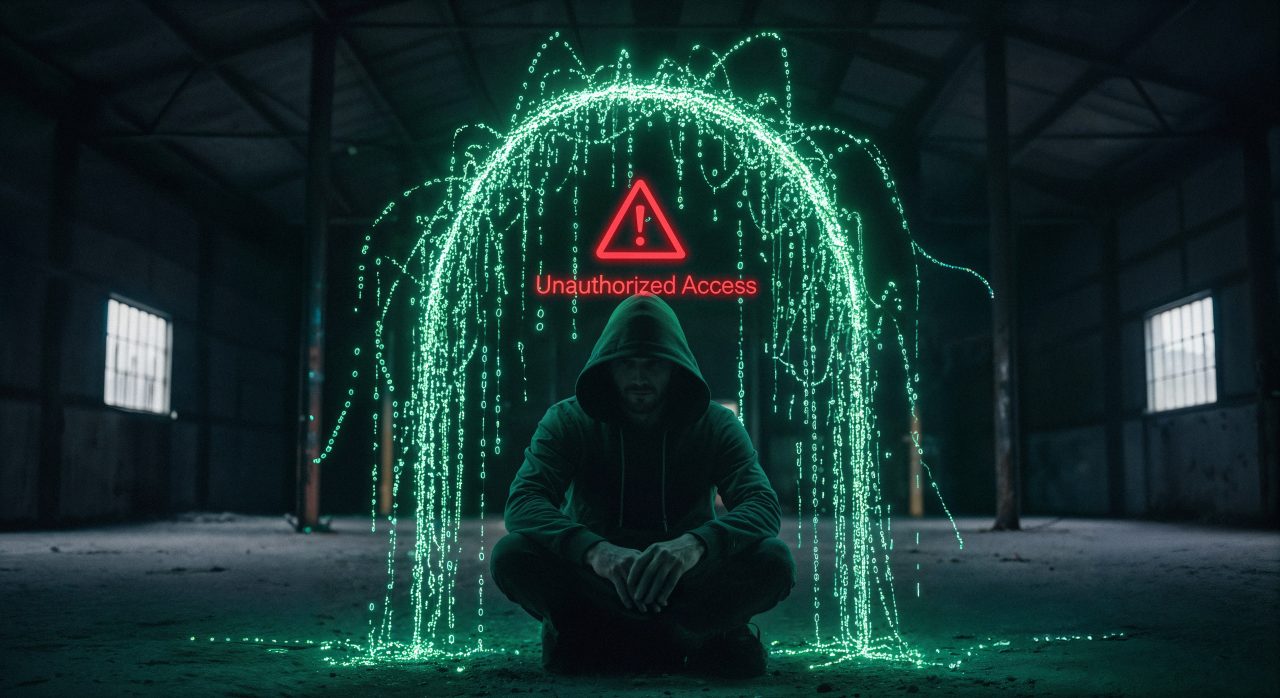
Ransomware attacks have evolved from opportunistic nuisances into sophisticated business disruption campaigns that paralyze entire organizations. Statista projects that 70% of businesses will suffer one or more ransomware attacks in 2022, representing the highest annual rate on record. Traditional backup-and-restore approaches are no longer sufficient for comprehensive recovery from these advanced threats.
Effective ransomware recovery requires holistic planning that addresses operational continuity, legal obligations, stakeholder communications, and business resumption alongside technical data restoration.
The True Cost of Ransomware Attacks
Modern ransomware attacks create cascading business impacts that extend far beyond encrypted files. IBM reports the average breach cost reaches $4.54 million, increasing to $5.12 million for companies that refuse ransom payments. These figures represent only direct financial losses, excluding operational disruption and reputational damage.
Recent research by Cybereason reveals that 73% of organizations experienced at least one ransomware attack, with 64% of incidents resulting from compromised third-party suppliers. The operational consequences prove devastating: 40% of enterprises laid off employees following attacks, 35% experienced C-level resignations, and 33% temporarily suspended operations.
The ransom payment dilemma presents no guaranteed solution. Even when organizations pay ransoms, they typically recover only 60% of their data, with just 4% receiving complete data restoration. Furthermore, 80% of businesses that paid ransom faced additional attacks, with 68% experiencing repeat incidents within a month (Cybereason).
Comprehensive Recovery Framework
Recovery planning must address multiple dimensions simultaneously, rather than focusing exclusively on technical data restoration. Organizations require integrated approaches that consider legal, operational, and communications requirements. These include:
- Operational Continuity Planning:
Business continuity procedures must enable organizations to maintain critical operations while recovery processes unfold. This includes alternative workflow arrangements, manual process activation, and temporary resource allocation strategies.
Essential continuity measures encompass identifying critical business functions that can operate without affected systems, establishing alternative communication channels for customer and supplier coordination, and implementing temporary manual processes for essential operations while systems remain offline.
- Legal and Compliance Management:
Ransomware incidents trigger various legal obligations, including data breach notifications, regulatory reporting requirements, and law enforcement coordination. Organizations must understand jurisdiction-specific requirements and prepare response procedures accordingly.
Key legal considerations involve documenting incident timelines for regulatory reporting, preserving forensic evidence while enabling business recovery, coordinating with law enforcement agencies as required by local regulations, and managing customer and partner notification requirements within mandated timeframes.
- Stakeholder Communication Strategy:
Clear, coordinated communications prevent misinformation and maintain stakeholder confidence during recovery operations. Different audiences require tailored messaging that addresses their specific concerns and information needs.
Communication protocols should establish designated spokespersons for different stakeholder groups, prepare template messaging for customers, suppliers, employees, and media contacts, coordinate with legal counsel on external communications, and maintain regular internal updates that keep employees informed without creating additional anxiety.
Advanced Recovery Techniques

Modern ransomware recovery demands sophisticated technical approaches that go beyond simple backup restoration. Organizations must consider network segmentation, system rebuilding strategies, and comprehensive security validation procedures. These include:
- Immutable Backup Architecture: Traditional backups remain vulnerable to ransomware encryption. Immutable backup systems create write-protected copies that cannot be modified or deleted by malicious software. These systems often use air-gapped storage or blockchain-based integrity verification.
- Zero-Trust Rebuild Approach: Rather than restoring potentially compromised systems, many organizations completely rebuild affected infrastructure using verified clean images. This approach eliminates hidden malware persistence but requires comprehensive system documentation and configuration management.
- Phased Recovery Implementation: Systematic recovery procedures prioritize critical systems while maintaining security controls. Organizations typically restore core infrastructure first, followed by essential business applications, then secondary systems based on operational priority.
Recovery phases begin with isolated network restoration and security validation, proceed through critical system restoration with enhanced monitoring, continue with business application recovery and user access restoration, and conclude with full operational restoration and post-incident security improvements.
Testing and Validation Requirements
Recovery plans require regular testing to ensure effectiveness under actual attack conditions. Tabletop exercises and technical simulations identify weaknesses before real incidents occur.
Testing programs should include quarterly tabletop exercises involving key stakeholders, annual technical recovery simulations using isolated environments, regular backup restoration validation across all critical systems, and coordination exercises with external partners, including legal counsel, insurance providers, and incident response specialists.
Recovery Time Objectives: Organizations must establish realistic recovery timeframes based on business requirements and technical capabilities. Critical systems typically require restoration within 4–24 hours, while secondary systems may have longer recovery windows.
Industry-Specific Considerations
Different industries face unique ransomware challenges requiring tailored recovery approaches. Healthcare organizations must maintain patient care continuity while addressing HIPAA requirements. Financial institutions face regulatory reporting obligations and customer trust considerations.
Education and government sectors, identified as top ransomware targets (Blackfog), require recovery plans that address public service continuity and citizen data protection. Manufacturing operations need approaches that account for industrial control system vulnerabilities and supply chain impacts.
Prevention Integration
Recovery planning must integrate with comprehensive ransomware prevention strategies, including:
- Employee training programs
- Network segmentation implementation
- Endpoint detection and response solutions
- And regular vulnerability management.
Organizations implementing robust prevention measures experience significantly fewer successful attacks and recover more quickly when incidents occur. The combination of prevention and recovery planning creates layered defense strategies that minimize both attack likelihood and impact.
Manifold’s Ransomware Recovery Solutions
Manifold Computers Limited delivers comprehensive ransomware recovery planning that protects business operations while ensuring rapid restoration capabilities. Our experienced incident response team helps organizations develop tested, validated recovery procedures that work under real-world attack conditions.
Manifold Recovery Services:
- Business Continuity Planning: Comprehensive frameworks that maintain operations during recovery processes
- Immutable Backup Implementation: Advanced backup architectures that resist ransomware encryption
- Recovery Testing Programs: Regular validation exercises that ensure plan effectiveness
- Incident Response Coordination: 24/7 support during actual ransomware incidents
With over 20 years of cybersecurity expertise and proven incident response capabilities, Manifold transforms ransomware recovery from reactive scrambling into systematic, tested procedures that minimize business impact while ensuring comprehensive restoration.
Ransomware attacks are inevitable; inadequate recovery is optional. Partner with Manifold to implement comprehensive recovery strategies that protect your organization’s future while maintaining stakeholder confidence during crises.

